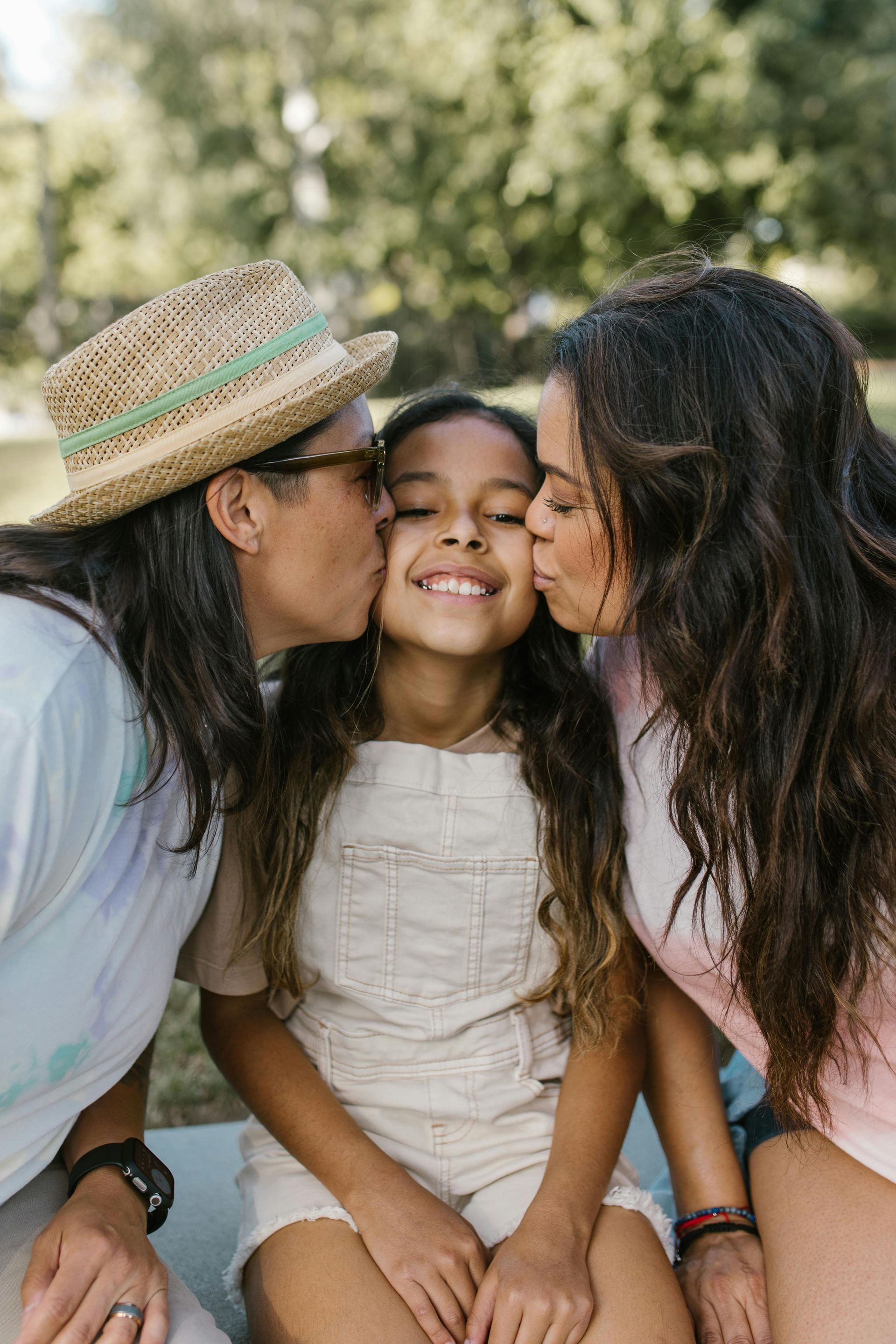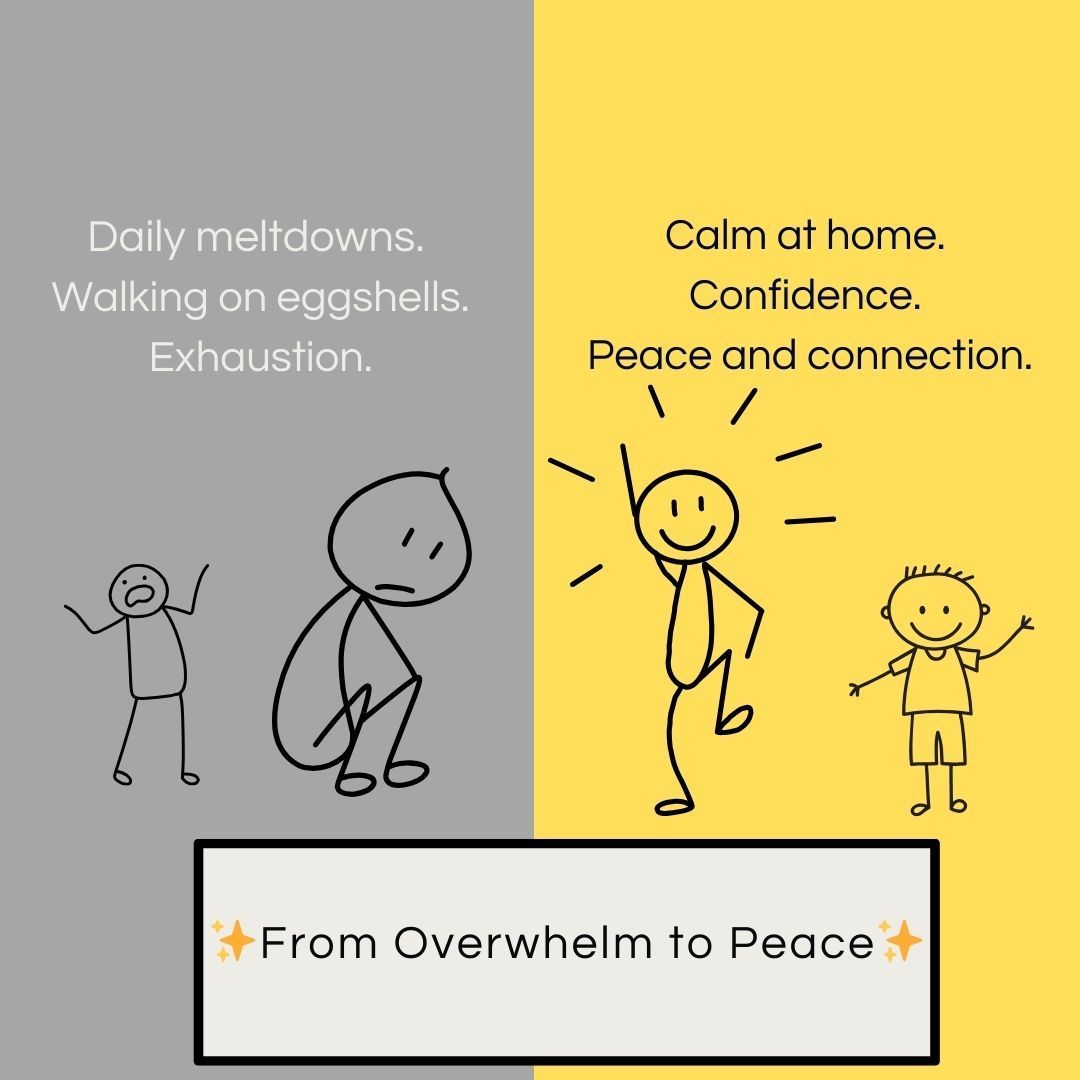When Highly Sensitive Kids Refuse to Go Places
Ceara Deno, MD • February 24, 2025
Schedule A Free Call
When Highly Sensitive Kids Refuse to Go Places

Do you ever struggle to get your highly sensitive child to go places?
Maybe it’s a trip to the store, a walk outside, or a birthday party, and your highly sensitive child just doesn’t want to go.
If this sounds familiar, You Are Not Alone.
This is a very common struggle for parents.
It’s important to understand that these kids are not trying to be difficult.
In reality, these children are struggling with needing safety, predictability and support.
Why does this happen?
Highly sensitive kids can struggle to go places because:
1.) Uncertainty can feel threatening
The highly sensitive nervous system craves predictability. Unknowns around what might happen can create anxiety and fear, which can make kids worry about going out.
2.) Sensory sensitivities can be exhausting
The highly sensitive nervous system picks up more sensory details and then processes them deeply. This bombardment of sensory information can be exhausting and overwhelming.
3.) Emotional energy is draining
For the sensitive nervous system, especially when a child is also introverted, they can become easily overwhelmed by the energy of socializing. The tendency can be to pull back socially to conserve their emotional energy.
4.) They fear discomfort or struggles
Kids may fear feeling awkward, uncomfortable, tired, or wanting to leave, and not being able to. As a result, they can want to avoid places that might cause distress.
5.) Transitions are extra hard
Highly sensitive kids are deep processors. This means that going from one activity to another requires extra mental energy. This makes transitions like leaving the house extra challenging.
So it’s important to remember, kids are NOT trying to be difficult when they refuse to go.
Kids refuse to go because they are struggling with safety, predictability and needing support.
How can we respond in the most helpful way?
1.) Empathize first
We want to show empathy first. This might sound like, “I’m hearing you really don’t want to go, I can see that. I know you wish you could stay home.” This doesn’t mean that we are giving in, but we are acknowledging and validating our child’s feelings.
2.) Give a sense of control
When kids feel a sense of control, they feel less anxious. Can we give children some say in the situation? “Do you want to take a family walk with me now, or we can go after lunch?”
3.) Preview what to expect
We all feel safer when we know what to expect. By explaining what will happen when kids go out, we are meeting their need for predictability and safety. “We are going to drive to the store for about 20 minutes, and then we’ll buy about 5 things to cook dinner, which should take about 10 minutes, and then we’ll come home.”
4.) Trust in your child’s capability
Your child is much more capable than they look in the moments when they refuse to go out. I want you to trust that your child is capable of doing things that feel hard for them with support.
5.) Celebrate baby steps
When kids make efforts to go outside their comfort zone, we want to notice and celebrate these efforts. “I love that you went into the store with me even though you really didn’t want to go and it was hard. I’m so proud of you for doing hard things.”
Want more support helping your highly sensitive child go places they don’t want to go?
I’d love to help!
Schedule a free call with me that gives specific advice for your unique situation.
You can watch my video explaining helping kids when they refuse to go places below:

Have you ever noticed how something as simple as leaving the playground, turning off a tablet, or getting ready for school can spark big resistance—or even a meltdown? For many children, especially those who are highly sensitive or deeply feeling, transitions are some of the hardest moments of the day. It’s not because they’re being “difficult”—it’s because their brains and nervous systems experience change differently. The good news: once you understand why transitions are so challenging, you can respond with empathy and tools that make them easier. Here are 5 common reasons transitions are tough for your child—and what you can do to help. 1. They’re Deeply Engaged in the Moment Highly sensitive kids often immerse themselves fully in what they’re doing—whether that’s reading, building, or playing. Being asked to stop feels like being pulled out of a world they love. How to help: Give gentle warnings before the change. Try: “Five more minutes of play, then it’s time for dinner.” Using a timer or visual countdown can help them prepare. 2. Their Brains Need More Time to Shift Gears Transitions require mental flexibility, which can be harder for sensitive nervous systems. Switching from one activity to another i s like changing lanes on a crowded highway—it takes time. How to help: Use consistent signals to cue transitions, such as a special song, a picture schedule, or a fun countdown routine. 3. Transitions Can Feel Like a Loss of Control Children often feel like transitions are imposed on them. That lack of control can trigger pushback or power struggles. How to help: Offer simple choices so they feel empowered. For example: “Do you want to brush teeth first or change into pajamas first?” 4. They Anticipate Stress in the Next Activity If your child expects the next step to be boring, stressful, or less enjoyable, they may resist leaving the current activity. How to help: Empathize first: “It’s hard to stop playing, I know.” Then, ease the shift with something to look forward to: “Want to bring your toy to the car so it feels easier?” 5. Their Nervous Systems Feel Every Shift More Intensely Highly sensitive kids notice and react to even small changes in environment, energy, and routine. What feels like a tiny shift to you may feel overwhelming to them. How to help: Keep routines predictable when possible. Create comforting rituals—like a goodbye hug, a special handshake, or a silly phrase—that help anchor them during transitions. The Takeaway Transitions are about more than just moving from one activity to another—they involve emotions, expectations, and a sensitive nervous system. With empathy and small adjustments, you can turn transition battles into moments of connection. 💛 Parenting a highly sensitive child isn’t easy—but it’s also filled with opportunities to build trust, closeness, and resilience. If you’d like more guidance on making daily challenges like transitions smoother, I’d love to support you. I offer one-on-one parent coaching tailored to families raising deeply feeling kids. Schedule a free call with me here.











